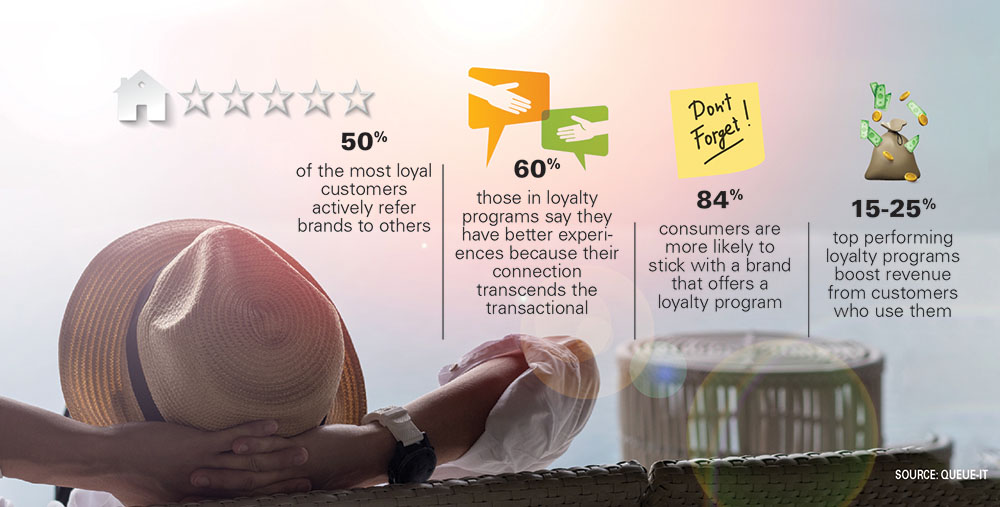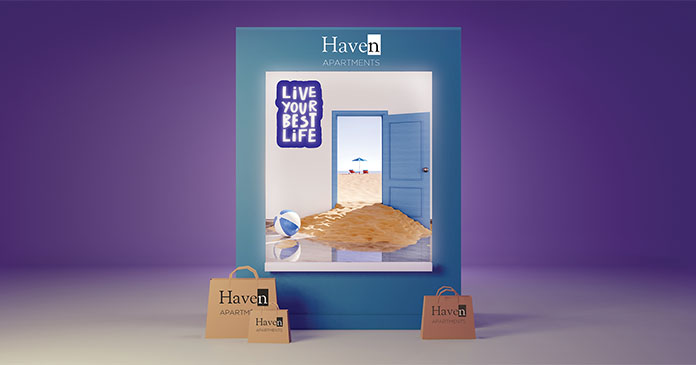In 2022, the U.S. inflation rate rose to 8.5 percent—the highest the country had seen since 1982. With rising inflation comes an increase in the cost of living, so it’s no surprise that consumers are continuing to have trouble making ends meet. This directly impacts rent payments, one of the largest monthly expenses for many Americans.
To earn enough to cover the average monthly rent of $2,040 today, standard wage earners must clock in around 63 hours. This figure has risen by three hours since 2021 and by six hours since October 2019. At the same time, the impact of rising interest rates in most markets influences factors that lead to rising rents. This leaves the multifamily industry stuck between a rock and a hard place.
With homeownership becoming less attainable for many Americans, renters are left with two paths: stay at their current property and absorb ongoing rent increases, or leave and find another property that hopefully meets their previous budget. When residents decide to stay after a rent increase, it’s natural for their expectations of the property to increase. These expectations extend beyond the apartments’ walls and across the entire property, and they impact how property managers (PMs) manage their budgets.

In response to the current rise in resident expectations, property owners and operators are evolving their approaches to property operations. This shift includes embracing hospitality-inspired lifestyle amenities in both traditional apartment buildings and luxury rentals. Hospitality-inspired amenities allow property owners and operators to meet the desires of residents and ultimately reduce turnover with increased satisfaction. These amenities also allow property management companies to tap into additional revenue streams, or ancillary income, through services like dog walking, dry cleaning, grocery delivery and other third-party-provided services.
Now the multifamily real estate industry is taking this shift in approach one step further by integrating time-tested lessons from another industry: retail.
What are the parallels emerging between multifamily and consumer retail?
Flexible payments
PMs can partner with a payment provider that completes on-time payments on renters’ behalf. In turn, renters split their rent into smaller installments made to the flexible payment provider in exchange for a monthly fee paid to the payment provider. The flexibility afforded by these structures can take some of the burden and stress off of renters while protecting the revenue stream for PMs in a responsible way.
Rewards
Another parallel is with rewards: 91 percent of merchants in the U.S. offer rewards, coupons and promo codes to customers, and similar perks have now made their way into the multifamily industry. Retail-like payment offerings are appearing more and more, such as low-fee credit cards that can be used to earn points for paying rent; exclusive deals and discounts offered to on-time payees; and rental credit reporting, which reports rent payments to credit bureaus, helping renters improve their credit scores.
Back-end financial solutions
For property owners and operators, no single operational process is more important than rent collection, as it impacts every aspect of property management. In recent years, the multifamily industry has been keen on adopting digital payments, as this negates the need for hours and resources spent managing and processing checks, balancing the books and recuperating other risks associated with the traditional payment process.
Taking things one step further, there has been an uptick in back-end financial solutions like Plaid and balance verification to reduce returns and fraud and protect property revenue. Plaid is a payment integration that is familiar to and broadly adopted by retail consumers, as it is used by popular apps and companies like Venmo and Amex.
In conjunction with this, solutions like balance verification help reduce non-sufficient fund (NSF) returns by verifying that the payees’ account has sufficient balance when a transaction is initiated.
Automation
Finally, PMs are also looking to automation to meet residents’ growing preference for contactless and self-service options. This push for automation has been playing out in retail with self-checkouts and self-service stores like Amazon Go. In multifamily, we’re most commonly seeing automation of administrative tasks—from website chatbots to maintenance request routing, self-guided tours and applicant screening software.
It goes without saying that residents gravitate toward self-service because of the convenience, but at the same time, automated workflows can allow on-site staff to focus on higher-value tasks or ones that require human involvement.
Managing experience in uncertain times
Exceptional customer experience has been a central tenet of retail for decades, and now, delivering a distinctive resident experience is becoming similarly important in multifamily. With economic uncertainty on the horizon and a convergence of consumer and resident expectations, multifamily operators may want to follow the trend of adopting solutions that mirror those in the retail sector in order to successfully weather the storm.
Author Stephen Baker is president and GM at Zego














